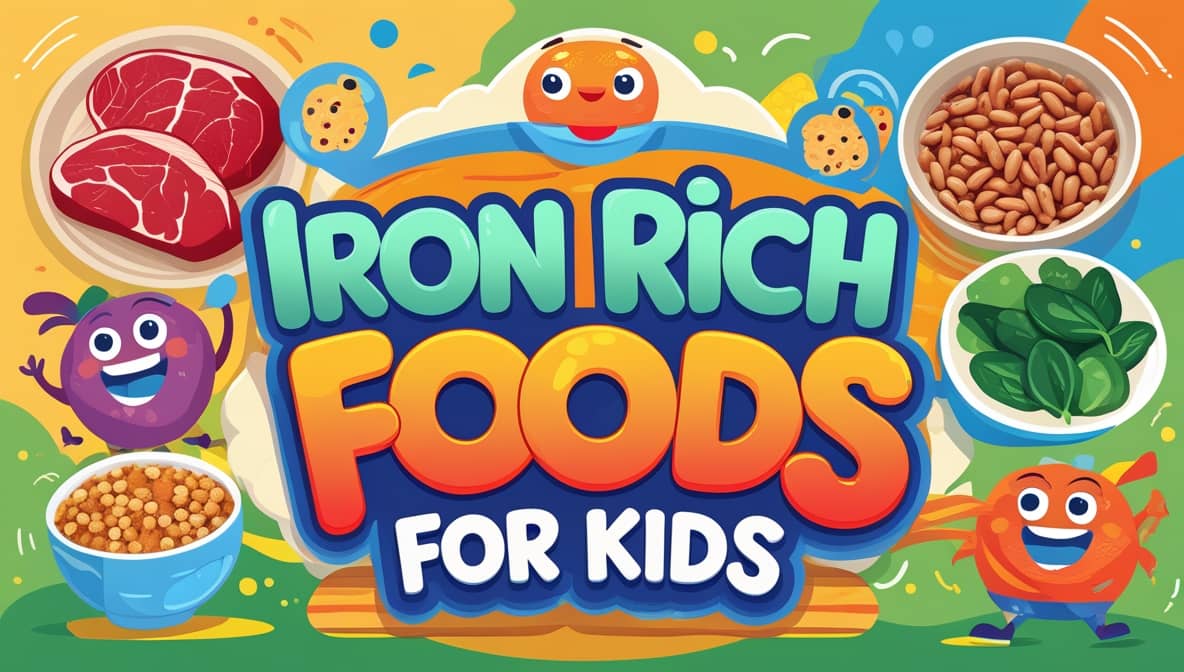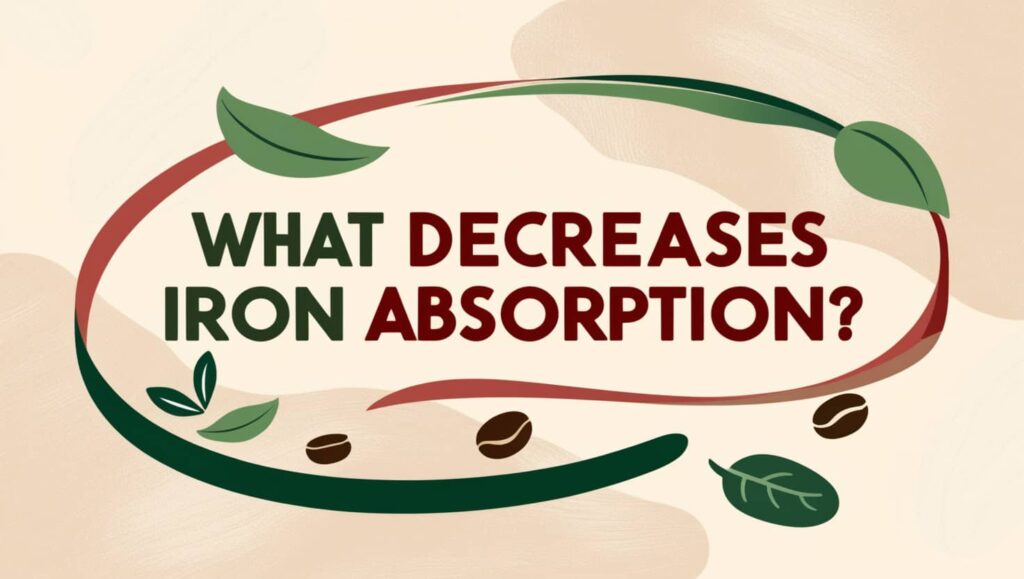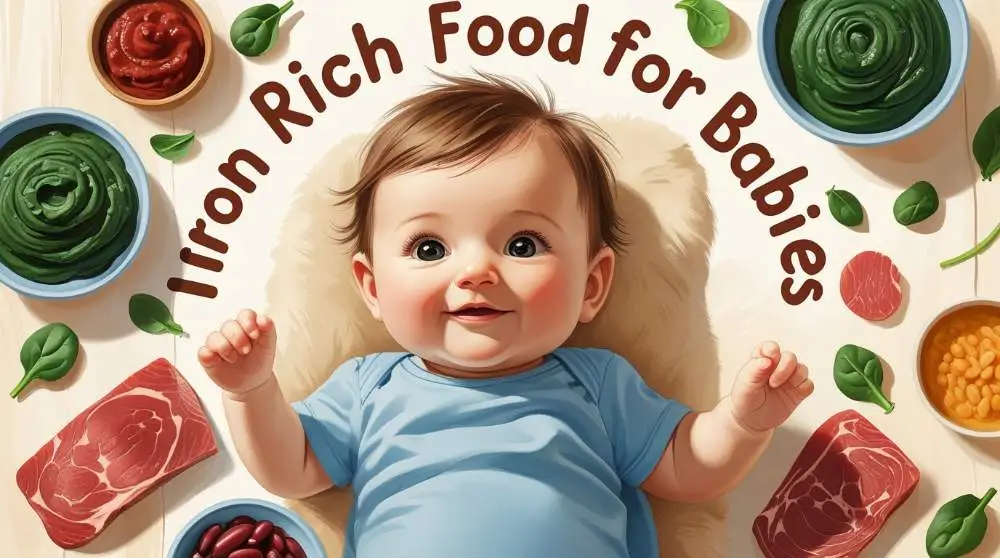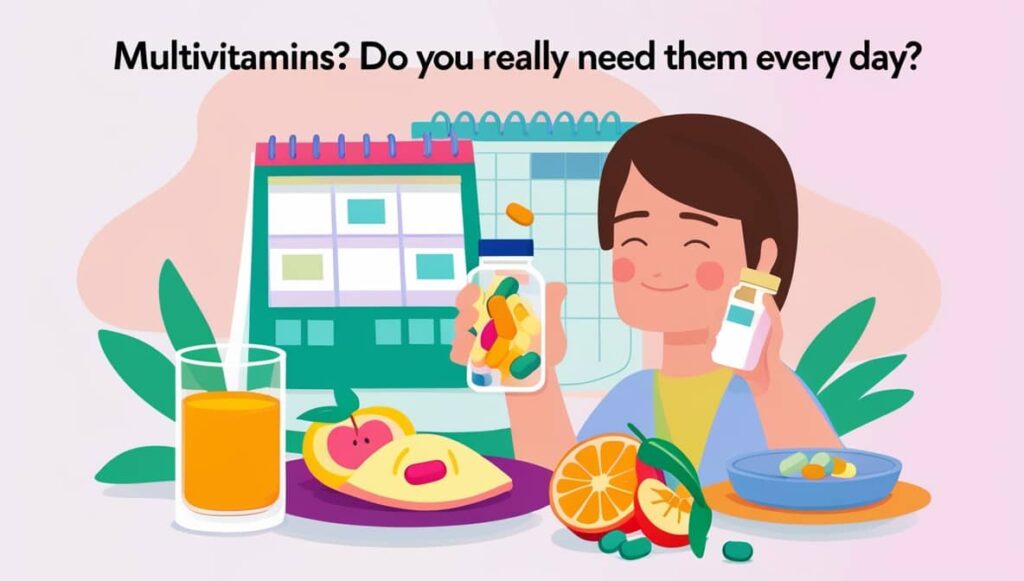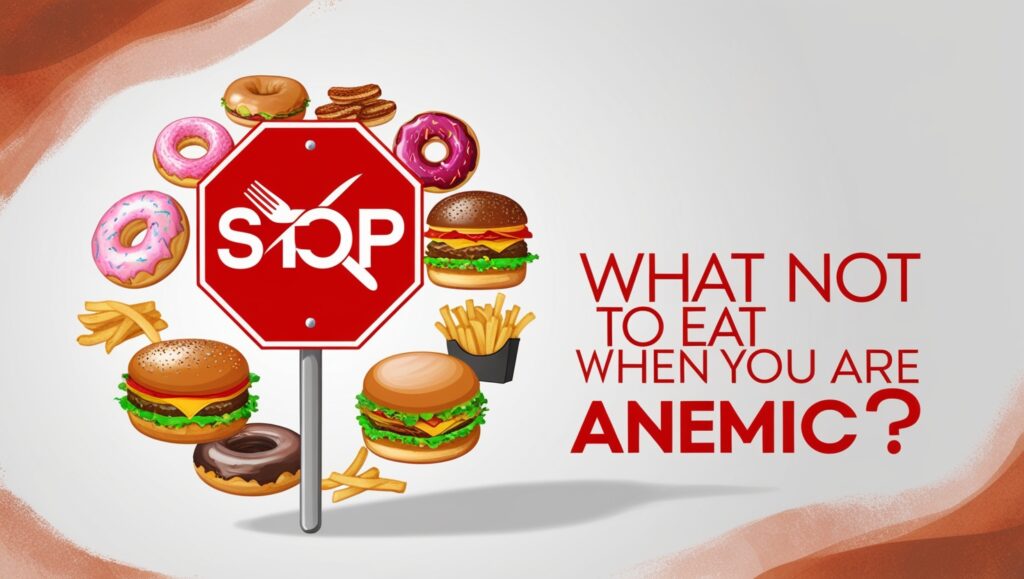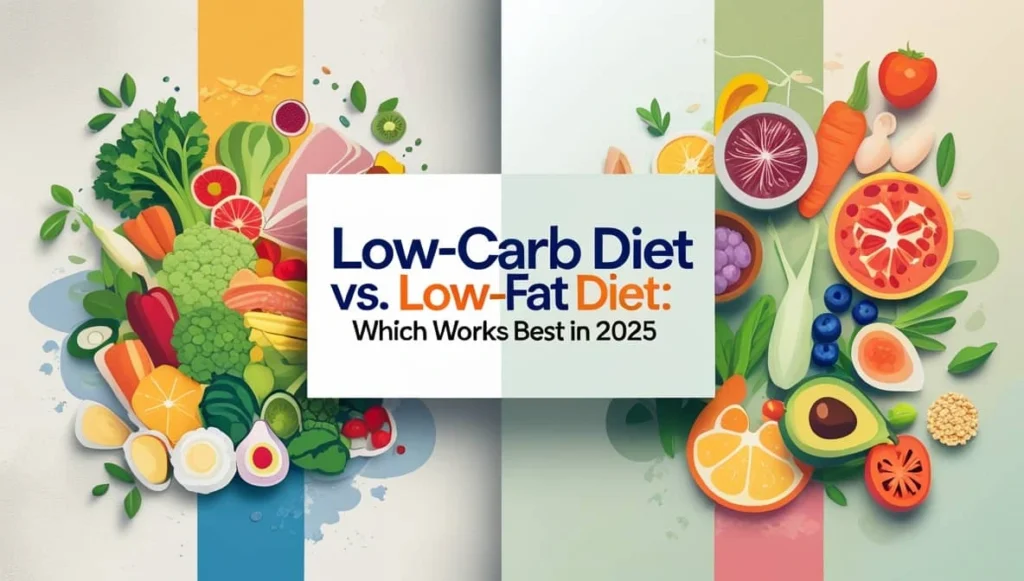Iron is a vital mineral that our bodies require from the food we consume. It primarily exists in the bloodstream to transport oxygen throughout the body. There are two forms of iron found in our diets: heme iron and non-heme iron. It’s essential to consume a range of iron-rich foods for kids daily to ensure they have adequate iron levels. A deficiency in iron during infancy and childhood can lead to a condition known as iron deficiency anemia. This may result in symptoms such as fatigue, headaches, lack of appetite, or frequent infections.
Importance of Iron-Rich Foods for Kids
Iron is a vital nutrient that the body utilizes to create hemoglobin, the protein found in red blood cells that enables your blood to transport oxygen to every other cell in the body.
Iron plays a crucial role in:
- providing oxygen to the body
- muscle metabolism
- supporting connective tissue
- facilitating physical growth
- enabling nerve development
- ensuring proper cell function
- synthesizing certain hormones
Iron Needs for Kids
Our kids require iron to produce hemoglobin, which transports oxygen via the bloodstream to all cells. Hemoglobin gives red blood cells their characteristic red hue. When your body doesn’t have enough iron, the red blood cells may shrink and lose color, resulting in a condition called anemia.
| Age | Iron needs per day |
| 7-12 months | 11 mg |
| 1-3 years | 7 mg |
| 4-8 years | 10 mg |
| 9-13 years | 8 mg |
| 14-18-year-old girls | 15 mg |
| 14-18-year-old boys | 11 mg |
Iron-Rich Foods for Kids
There are two kinds of iron present in food: heme and non-heme iron, which the body absorbs in different ways.
Related — Iron Rich Food For Babies
Heme Iron Rich Foods for Kids
Heme iron is the most effective source of iron. It is present in animal products and is absorbed efficiently by the body. Foods rich in heme iron include:
- meats such as beef, lamb, or pork.
- poultry like chicken or turkey.
- fish and shellfish, including sardines and salmon/tuna.
- Organ meats such as liver and kidney.
Non-Heme Iron Source
Non-heme iron is found in plant-based foods. Its absorption is not as efficient as that of heme iron from animal sources. Foods that provide non-heme iron include:
- whole grain items (e.g., bread, rolled oats, and fortified breakfast cereals).
- dark green vegetables (e.g., spinach and broccoli).
- dried fruits (e.g., sultanas, apricots, dates, or prunes).
- eggs.
- peanut butter.
- Nuts. Whole nuts are not recommended for children under 3 years old.
The iron from these foods can be absorbed more effectively if consumed alongside foods from the ‘Best sources: heme iron’ list or those rich in vitamin C.
Foods Rich in Vitamin C
Eating foods rich in vitamin C can help enhance iron absorption when consumed together. Here are some vitamin C-rich foods to add to your child’s meals:
- citrus fruits (such as oranges).
- tropical fruits (like pineapple and kiwi).
- berries (for instance, strawberries).
- certain vegetables (including capsicum, tomatoes, cabbage, or broccoli).
Here are some ideas for combining vitamin C and iron-rich foods for kids:
- porridge or whole-grain cereal topped with berries
- a stir-fry featuring lean meat along with mixed vegetables (spinach, capsicum, cabbage, broccoli)
- Hummus served with capsicum sticks.
Iron Supplements
If your child’s iron levels are too low, your doctor may recommend iron supplements.
- Follow the prescribed medical advice while also including iron-rich foods in their diet.
- Initially, taking iron supplements may lead to stomach cramps, constipation, nausea, and vomiting as the body gets used to the medication.
- The presence of unabsorbed iron can cause stools to appear black, which is not harmful.
- Notify your doctor if your child experiences severe stomach discomfort, chest pain, clammy skin, or bluish lips or fingernails.
- High doses of iron can be toxic.
- Refrain from self-diagnosing and giving your child over-the-counter iron supplements.
- In young children, the maximum safe amount is 20 mg per day, yet many iron supplements contain around 100 mg per tablet!
- Children may often confuse iron tablets with candies, so be cautious to keep them securely capped and out of their reach.
If you think your child might be iron-deficient, it is crucial to consult your doctor.
Foods and Beverages to Limit or Avoid
- Avoid giving your child tea during meals or snacks, as it can hinder iron absorption in the body.
- Do not provide cow’s milk as a beverage for babies under one year old due to its low iron content.
- Unprocessed bran, high-bran bread, and bran-rich cereals contain compounds that can impair iron absorption; these should be minimized or avoided.
Meals and Ideas of iron-rich foods for kids
Breakfast Suggestions
- Fortified cereal accompanied by a glass of fruit juice.
- Wholemeal or granary toast topped with baked beans.
- Boiled or scrambled eggs served with wholemeal breadsticks and a piece of fruit
Light Meal Suggestions
- Toast with sardines, pilchards, or eggs served with tomatoes.
- Baked potato topped with chili beef, vegetarian chili, or beans.
- Sandwiches filled with egg, peanut butter, tuna, or cold cuts.
- Baked beans on toast served with slices of red pepper.
- Hummus served with pita bread and carrot sticks.
Main Course Suggestions
- Curry made with vegetables and beans or lentils.
- Roast lamb, beef, or nut roast served with green leafy vegetables and potatoes.
- Shepherd’s pie (can use vegetarian mince).
- Omelette with ham, tomato, and cheese.
- Beef and vegetable stir-fry served with rice.
- Fish (salmon or tuna) accompanied by vegetables and potatoes or rice.
- Fajitas made with meat or soya mince and peppers.
Dessert Suggestions
- Fruit-based desserts, such as fruit crumble.
- Milk pudding mixed with dried fruit.
- Fresh fruit served with yogurt.
Snack Ideas
- Fresh or dried fruit
- Fruit cake or malt loaf
- Cereal bars containing fruit
- Slices of well-cooked egg
- Hummus served with sliced peppers or cucumber
FAQ
Are Dairy Products Rich in Iron for Kids?
Dairy items like cheese, cottage cheese, milk, and yogurt, while high in calcium, contain very little iron.
Facts Affecting Iron Absorption in the Body
Iron absorption is affected by individual iron levels, the presence of other foods, and overall digestive health.
In conclusion, choosing iron rich foods for kids is a vital step to support their healthy growth, strengthen their immunity, and boost their focus.
References
Canadian Paediatric Society. (2007). Iron needs of babies and children. Paediatrics & Child Health, 12(4), 333–334. from Oxford Academic
Queensland;, c=AU; o=The S. of. Iron for toddlers and children | Diet and eating. Retrieved from Queensland Government

